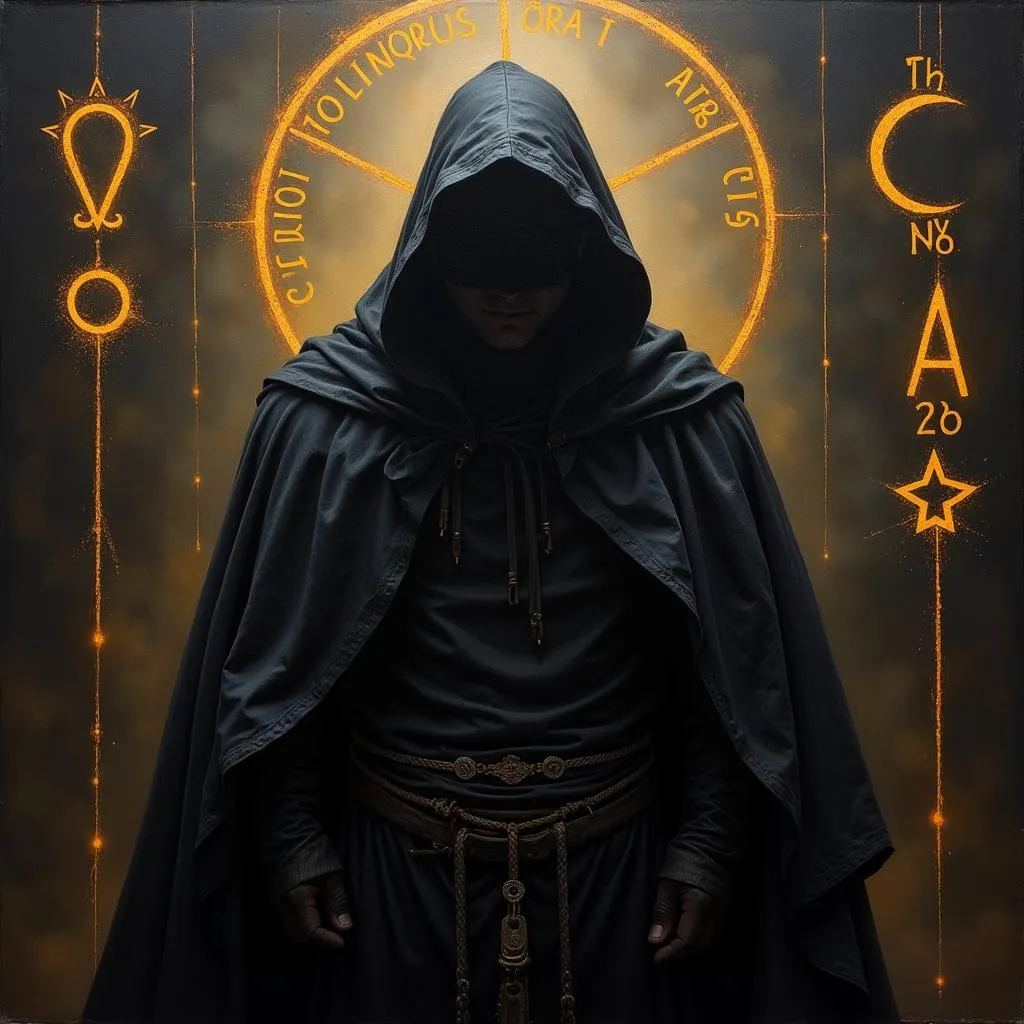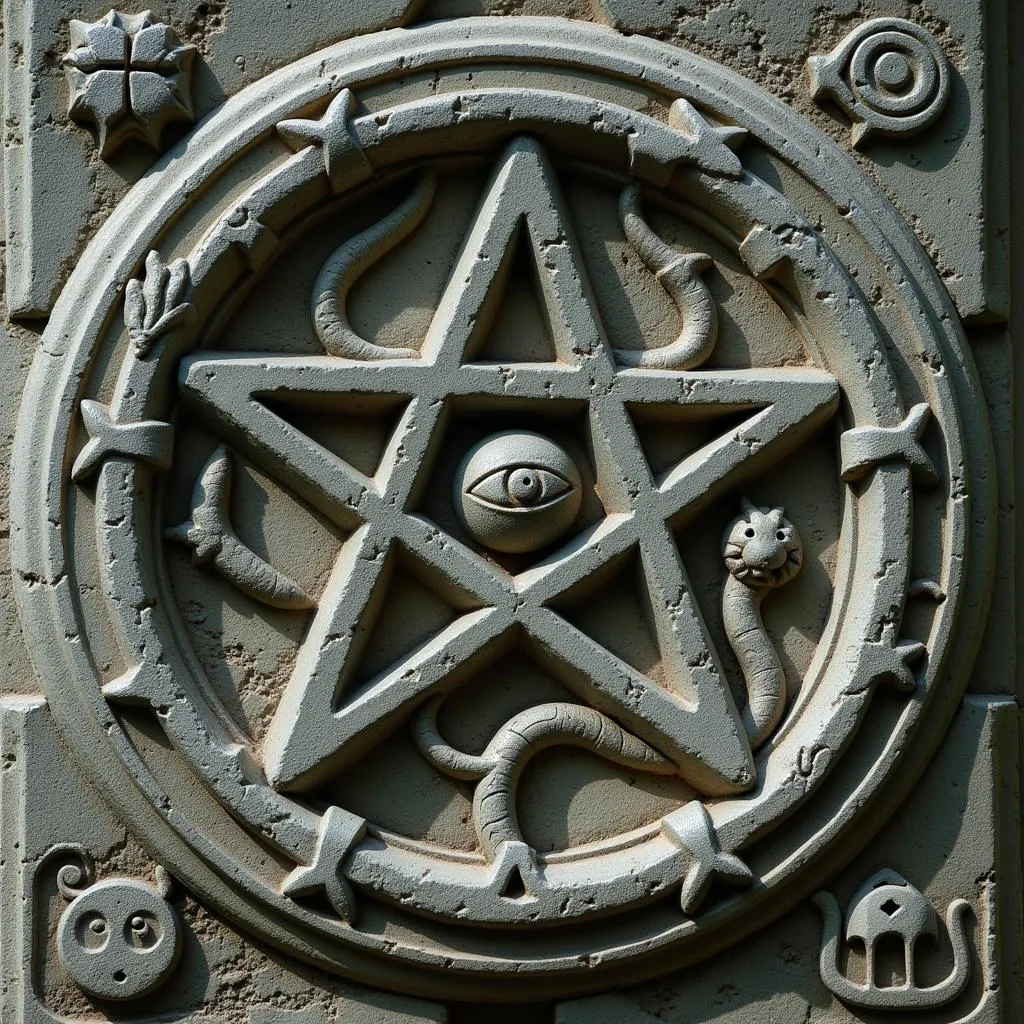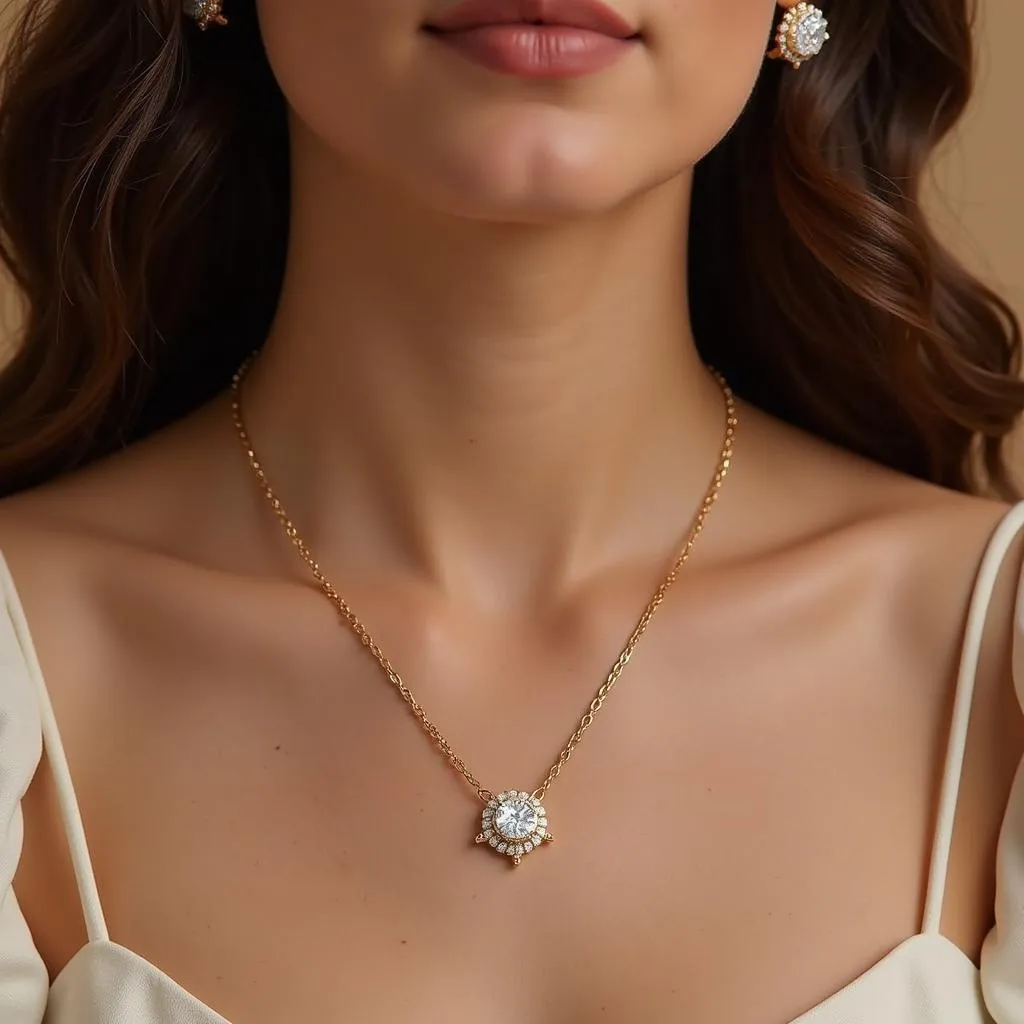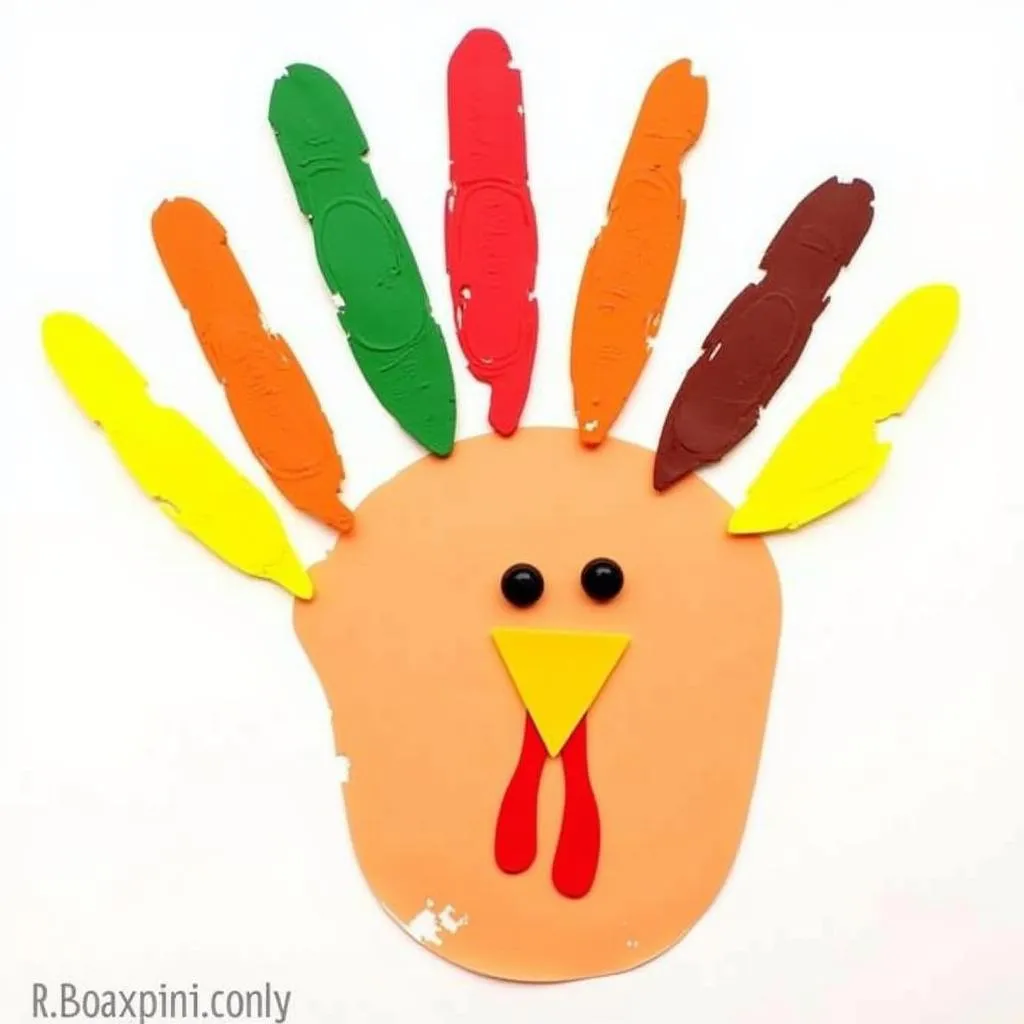Delving into the Art of the Occult
The Art Of The Occult has captivated and mystified humanity for centuries. From ancient rituals to esoteric symbolism, the allure of the unseen has inspired artists to explore the mysteries that lie beyond the veil of our perceived reality. This exploration delves into the intricate relationship between art and the occult, uncovering the ways in which artists have sought to represent the intangible, the mystical, and the profound.
Unveiling the Mysteries: Art as a Gateway to the Occult
For centuries, art has served as a bridge between the tangible and the intangible, providing a visual language for the exploration of spiritual realms and hidden knowledge. The art of the occult, in particular, draws upon a rich tapestry of symbolism, allegory, and archetypes to convey complex ideas and mystical experiences. Through paintings, sculptures, and other art forms, artists have sought to illuminate the hidden connections between the physical and the spiritual, offering glimpses into the unseen forces that shape our lives.
 Occult Art in Painting
Occult Art in Painting
The Language of Symbols: Deciphering the Occult in Art
One of the hallmarks of occult art is its reliance on symbolism. These symbols, often drawn from ancient traditions such as alchemy, astrology, and tarot, carry deep layers of meaning that invite interpretation and contemplation. For those initiated into the mysteries of the occult, these symbols serve as a kind of secret language, conveying esoteric knowledge and insights.
For example, the pentagram, a five-pointed star often associated with witchcraft and magic, can represent the five elements (earth, air, fire, water, and spirit) or the five points of the human body. Similarly, the ouroboros, a serpent or dragon depicted biting its own tail, symbolizes the cyclical nature of life, death, and rebirth.
 Occult Symbols in Sculpture
Occult Symbols in Sculpture
From Renaissance Mysticism to Surrealist Dreamscapes: The Evolution of Occult Art
The influence of the occult can be traced throughout art history, from the mystical symbolism of Renaissance paintings to the dreamlike imagery of the Surrealist movement. Artists like Hilma af Klint, whose abstract works were inspired by spiritualism and theosophy, and Salvador Dalí, who incorporated elements of Freudian psychology and esoteric symbolism into his Surrealist masterpieces, demonstrate the enduring fascination with the occult in the realm of art.
By exploring the art of the occult, we gain a deeper appreciation for the power of art to transcend the boundaries of the physical world and tap into the hidden dimensions of human experience. Through the language of symbolism, allegory, and archetype, artists invite us to embark on a journey of self-discovery and to confront the mysteries that lie at the heart of existence.
Conclusion
The art of the occult remains a powerful and evocative force in contemporary art, continuing to inspire artists to explore the depths of human consciousness and the mysteries of the unseen. As we delve into the rich symbolism and evocative imagery of this genre, we are reminded of the enduring power of art to illuminate the hidden connections between the seen and the unseen, the physical and the spiritual, and the rational and the intuitive.
If you need assistance, please contact Phone Number: 02462573573, Email: danteum@gmail.com or visit us at Savico Megamall, 7-9 Đ. Nguyễn Văn Linh, Gia Thụy, Long Biên, Hà Nội 10000, Việt Nam. We have a 24/7 customer support team.


